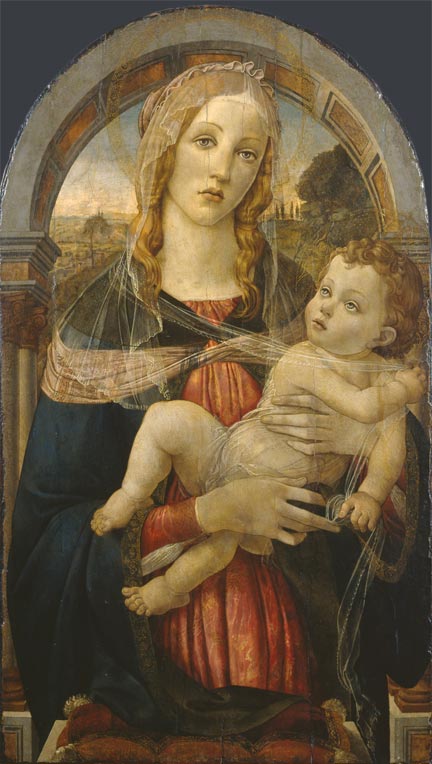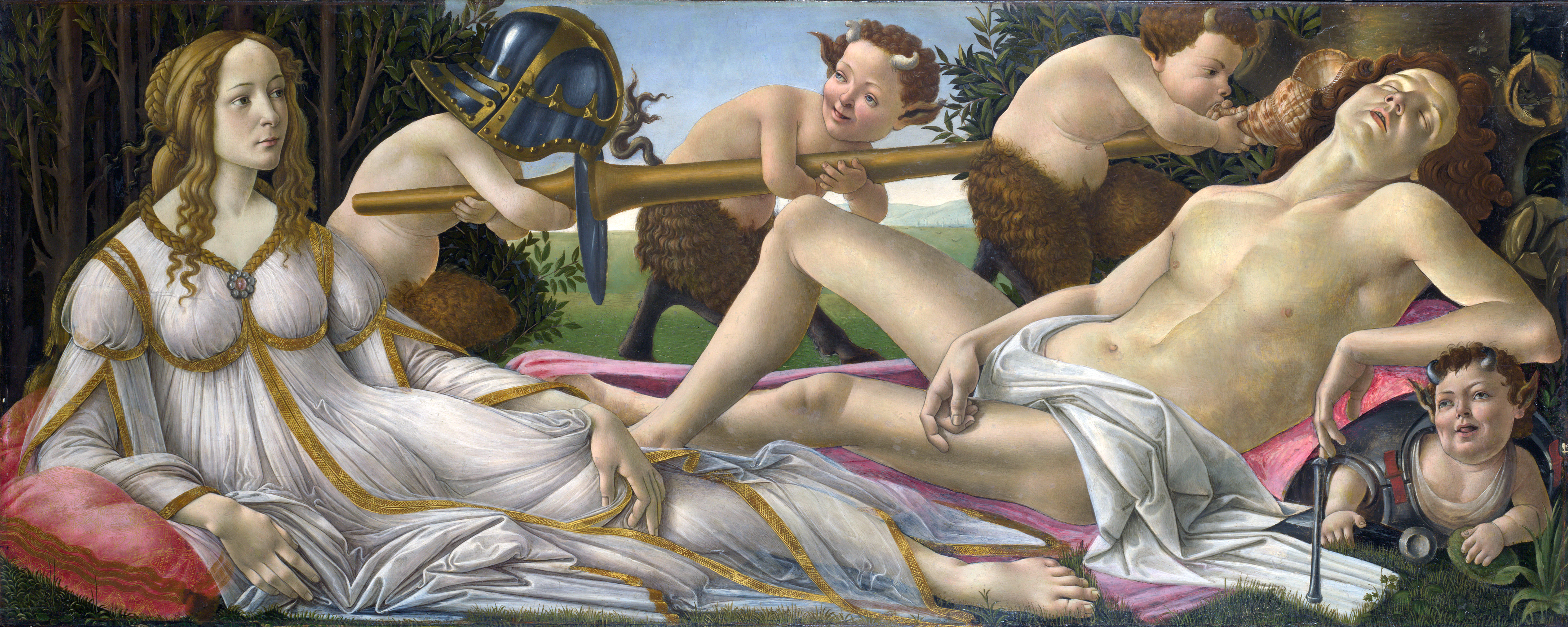Ferdinand Hodler – The Painter Who Revolutionized Swiss Art
Ferdinand Hodler was one of the principal figures of 19th-century Swiss painting. Hodler worked in many styles during his life. Over the course of...
Louisa Mahoney 25 July 2024
Are you ready to delve into the fascinating facts about Sandro Botticelli and his enduring impact on the art world? Look no further, because we’ve got you covered with everything you need to know about this legendary artist.
Step into the world of Sandro Botticelli, the Renaissance master whose captivating works, including The Birth of Venus and Primavera, continue to inspire awe and admiration to this day. As a prominent member of the Florentine School, Botticelli was under the patronage of the influential Lorenzo de’ Medici, and his legacy has been immortalized by art historian Giorgio Vasari as a “golden age”.

While Sandro Botticelli’s life remains shrouded in mystery, we do know that he received a more comprehensive education than many of his contemporaries, starting his apprenticeship at the young age of 14. Initially trained under the tutelage of Fra Filippo Lippi, Botticelli’s early works have often been confused with those of his master. However, Botticelli’s style also drew inspiration from Masaccio’s monumental paintings, and he learned from Lippi a more nuanced and intricate approach. Interestingly, it is speculated that Botticelli may have even traveled to Hungary to assist in the creation of a fresco in Esztergom, commissioned by János Vitéz, the archbishop of Hungary, in Lippi’s workshop.

Among his patrons were Cosimo de Medici, Lorenzo the Magnificent, and Pope Sixtus IV – one of the most powerful men of his times. The Pope summoned Botticelli to fresco the walls of the Sistine Chapel. The iconological program was the supremacy of the Papacy. Sandro’s contributions included the Temptations of Christ, the Punishment of the Rebels, and the Trial of Moses.

Vasari wrote that Botticelli spent a lot of time writing a commentary on a part of Dante’s work and creating illustrations for the Inferno. This caused him to neglect his other responsibilities and ultimately led to problems in his professional life.

In later life, Botticelli was one of the followers of the deeply moralistic friar Girolamo Savonarola who preached in Florence from 1490 until 1498. Some scholars claim that Botticelli’s art had transformed from the decorative to the deeply devout – The Mystical Nativity bears all the signs of this change. There is also a legend saying that he burnt his paintings on pagan themes in the notorious “Bonfire of the Vanities”.
Savonarola was known for his prophecies of civic glory, the destruction of secular art and culture, and his calls for Christian renewal. He was excommunicated in May 1497 and threatened to place Florence under an interdict. A trial by fire proposed by a rival Florentine preacher in April 1498 to test Savonarola’s divine mandate turned into a fiasco, and popular opinion turned against him. Savonarola and two of his supporting friars were imprisoned. Under torture, Savonarola confessed that he had invented his visions and prophecies. On May 23, 1498, Church and civil authorities condemned, hanged, and burned the three friars in the main square of Florence.

It’s quite difficult now to decide on the attribution of many “Botticelli-like” works. Some of them might have been created by the master himself, others by his workshop, and others by his followers or copyists. In the 19th century, when in certain circles it was very fashionable to own a Botticelli, a lot of false attributions have been made. The moral is: always sign your works, otherwise, in the next hundreds of years, there will be problems.
Botticelli never wed and expressed a strong disliking of the idea of marriage, a prospect he claimed gave him nightmares.
The popular view is that he suffered from an unrequited love for Simonetta Vespucci, a married noblewoman. The legend says she had served as the model for The Birth of Venus and recurs throughout his paintings, even though she had died years earlier, in 1476. Some modern historians have also examined other aspects of his sexuality. In 1938, Jacques Mesnil discovered a summary of a charge in the Florentine Archives for November 16, 1502, which read simply “Botticelli keeps a boy”, under an accusation of sodomy. The charges were eventually dropped.

The actor Peter Ustinov once remarked that had Botticelli been alive today, he would have been a sought-after artist for Vogue magazine. One of Botticelli’s defining features was his portrayal of women in his paintings, which some have likened to an early form of “Photoshopping”. In his works, he often elongated his models’ arms, narrowed their shoulders, and positioned them in impossible poses that perpetuated a masculine ideal of female beauty. While his approach may be seen as problematic today, there’s no denying that Botticelli’s artistry continues to captivate and inspire, leaving an indelible mark on the art world.
DailyArt Magazine needs your support. Every contribution, however big or small, is very valuable for our future. Thanks to it, we will be able to sustain and grow the Magazine. Thank you for your help!